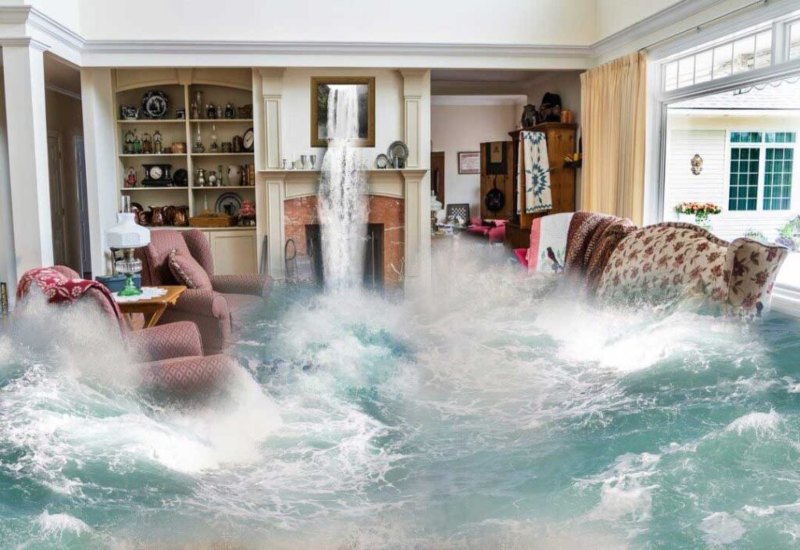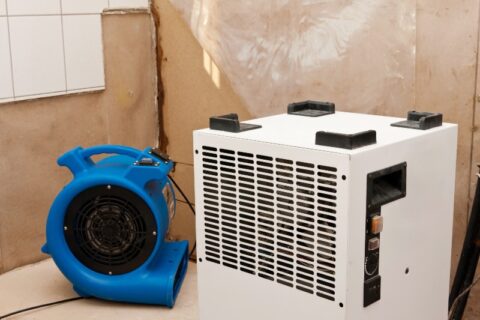What to Do in a Flooding Emergency

Floods can happen anywhere, anytime, making them one of the most frequent and costly natural disasters in the country. Always be prepared for a disaster by building an emergency kit for each family member and having an evacuation plan in place. Make sure you have an NOAA weather radio available, and consider buying flood insurance for peace of mind. Then, protect your home and family during and after a flood with these tips.
What to Do During a Flood
- Know the difference between “watch” and “warning”: A flood watch means a flood is possible. Once a flood warning is issued, it’s time to take immediate action.
- Access clean water while you can: Flooding can affect water quality, so fill plastic bottles for drinking when you hear about a flood watch. Also, fill bathtubs and sinks to use for flushing toilets or washing clothes.
- Bring outdoor belongings inside: Carry in patio furniture, toys, and other property to prevent them from being swept away. If you have time, move furniture and valuables to a higher floor of your home.
- Turn off the utilities: Shut off propane tanks to reduce the risk of fire; unplug appliances and electronics to reduce electrocution and power surges; and shut off the gas and electricity if authorities instruct you to do so.
- Act cautiously around floodwater: Don’t wade through floodwater, which may be contaminated or contain dangerous animals. For this reason, you should dispose of any food that comes in contact with floodwater. Also, refrain from using wet appliances or electronics.
- Move to higher ground: If a flash flood warning is issued, evacuate immediately. Don’t wait for instructions to leave.
- Don’t drive through floodwater: Six inches of fast-moving water can knock you off your feet, and 24 inches of water can carry your car away. Avoid driving over bridges spanning swollen rivers because they may be unstable.
How to Recover After a Flood
- Keep out of flooded areas: If you evacuate, only return home when emergency personnel says it’s safe to do so.
- Boil your tap water: Continue this safety precaution until you hear reports that the water supply is safe to drink again.
- Record property damage: Take photos before the cleanup process begins so you have proof to show your insurance company when filing a claim.
- Hire a flood restoration company: For the best results, leave flood damage repair to the experts. Cleaning up contaminated water without the proper gear could pose a health risk. Plus, mold has likely set in if the flood occurred more than 24 to 48 hours ago.
Pacific Flood Restoration is a leading flood damage restoration company in San Diego. We handle the job from start to finish, including structural drying, personal content restoration, deodorizing, mold remediation, and final cleanup. We’ll work with your insurance company to get your home back to normal as quickly as possible. When disaster strikes, call us 24/7 at 760-815-3033 or contact us online.


